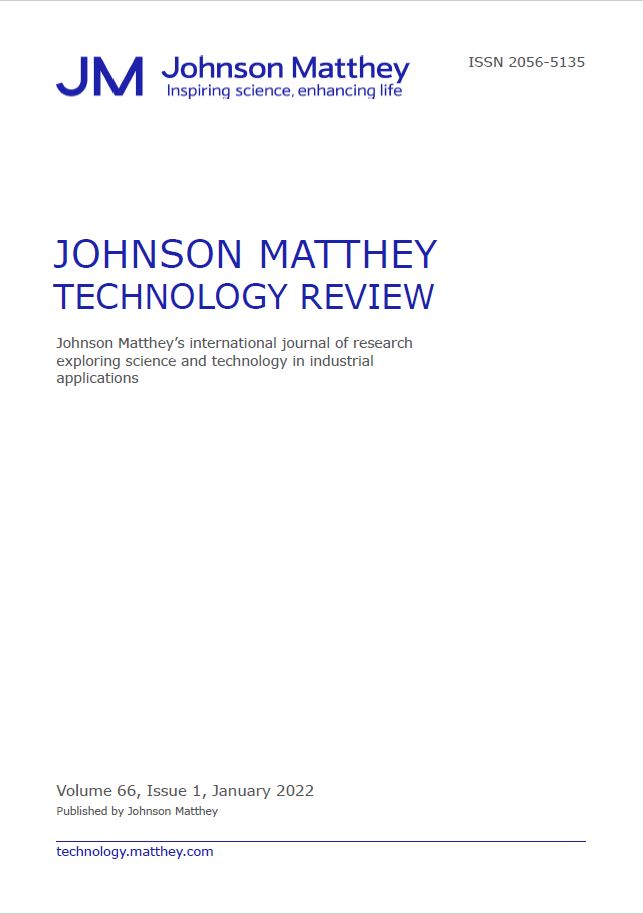-
oa Study on Technical Parameters and Suitability of Platinum-Based Metallic Glasses for Jewellery Applications
Testing a series of platinum-based alloys for novel designs
- Source: Johnson Matthey Technology Review, Volume 67, Issue 3, Jul 2023, p. 317 - 332
-
- 21 Mar 2022
- 05 Jul 2022
- 13 Jul 2022
Abstract
Jewellery-specific standardised tests as well as bulk metallic glass (BMG)-specific testing methods were performed on a series of platinum-based BMGs with and without phosphorus, to evaluate their suitability as jewellery items. Their mechanical properties (elasticity, Young’s modulus and yield stress) were determined by three-point beam bending measurements. Hardness, wear and corrosion resistance were tested in comparison to state-of-the-art crystalline platinum-based jewellery alloys. The platinum-BMG alloys exhibit elastic elongation of about 2%. Compared to conventional crystalline platinum-alloys, their fracture strength of ca. 2 GPa and their hardness of ca. 450 HV1 is four and two times higher, respectively. However, the BMGs show less abrasion resistance in the pin-on-disc test than the conventional benchmark alloys due to adhesive wear and microcracking. Regarding the corrosion resistance in simulated body fluids, the BMG alloys reveal a slightly higher release of metals, while the tarnishing behaviour is comparable to the benchmark alloys. The phosphorus-free platinum-BMG alloy showed pronounced tarnishing during exposure to air at elevated temperature. The outstanding thermoplastic formability, a special feature of amorphous metals that can be crucial for enabling novel and filigree designs, was determined and quantified for all BMG alloys.


